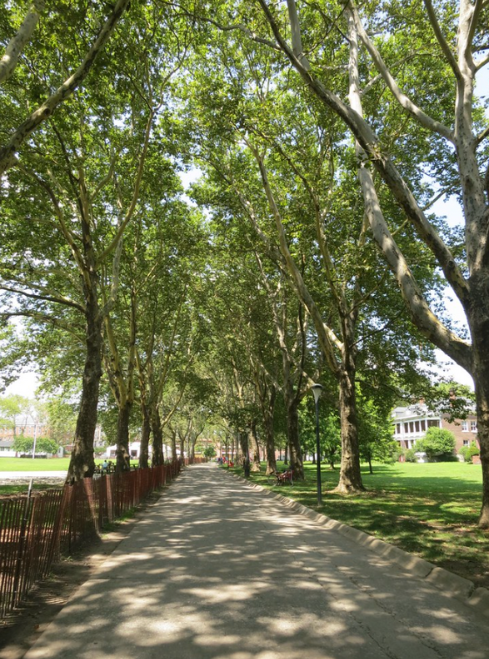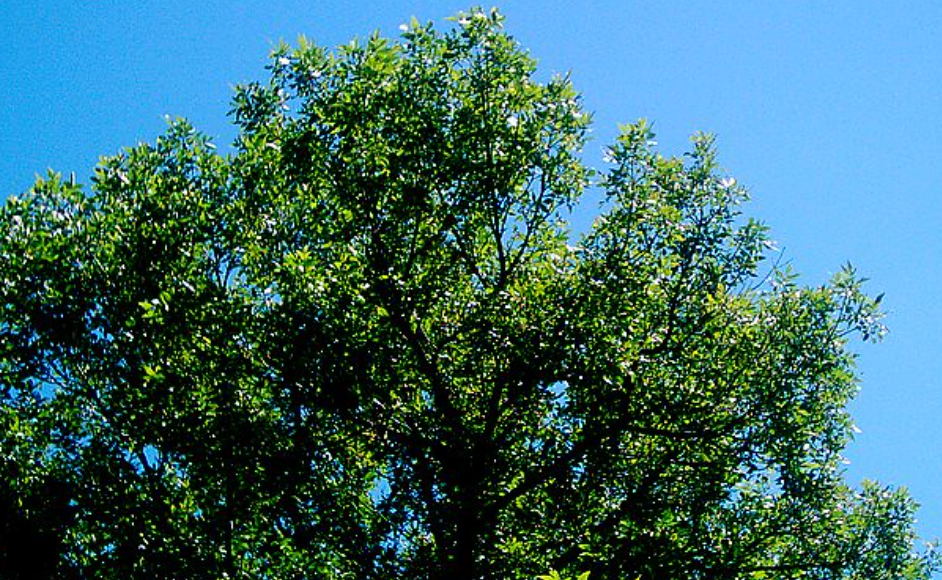Crown Reduction Pruning

Crown reduction pruning is the process of reducing the size of a tree's crown by cutting away branches and foliage while maintaining the tree's natural form. The tree's crown is the area above the trunk where its branches and foliage are located.
Doing this can reduce wind resistance, improve light penetration to areas below, and reduce the overall weight of the crown. When you prune a tree crown, you cut defective, broken, or dead branches.
Below, we go into detail about the process of crown reduction pruning, including when and why it should be done.
Table of Contents
What is crowning a tree?
Crowning a tree refers to pruning the tree's branches and foliage to create a more aesthetically pleasing shape. The crown of a tree includes its branches and foliage.
You remove about 15% of the tree's height in crown reduction. At least two-thirds of the tree's foliage should be left for the tree to survive.
There are a few types of pruning cuts:
- Reducing cut
- Removal cut
- Heading cut
WARNING: Under no circumstance do we recommend you crowning a tree without professional help. Not only is it a high up job, but it requires certain skill and precision to avoid damaging the tree forever. If you make a mistake, you could top the tree and risk killing it. Please contact a professional before making any cuts to the crown.
Reducing Cuts
Reducing cuts are made when branches need to be shortened or removed, but the top of the tree remains intact.
Removal Cuts
Removal cuts are when you remove dead, damaged or diseased branches.
Heading Cuts
A heading cut removes the tips of branches in order to encourage new growth.
Did you know? Dr. Alex Shigo, a famous scientist and tree care specialist, says tree topping is the worst injury you can do to a tree. He explains that it changes the architecture of a tree and increases its risk of pest infestation, decay, and death.
Crown Reduction Pruning vs Tree Topping

Whether you want to trim a tree for aesthetic reasons or need to reduce its size for safety reasons, there are two main methods. We describe them below.
Crown Reduction
Crown reduction simply means reducing the crown or the size of the tree canopy. It's a form of tree trimming, but it is not simply a matter of cutting off branches and leaves.
You have to ensure that each branch and limb is cut in a way to maintain its natural shape. Do not cut more than one-quarter of the tree's living crown.
If more crown reduction is necessary, do it over successive years.
Start by removing any dead, diseased, or broken branches. Cut back stems and limbs competing for sunlight or growing into paths or buildings. Also, cut back stems to open up the center of the tree and allow more light in.
When cutting branches, use a three-cut technique. Make a small cut in the branch about 12 inches from the trunk. Make a second larger cut closer to the trunk and then a final cut at the branch collar.
The best tools for crown reduction work are anvil and bypass loppers, pruning saws, and pole pruners. Sharpen your blades before you begin, and make sure the blades are clean.
Tree Topping
What is topping in terms of tree care? Tree topping is the practice of removing the uppermost branches and stems of a tree.
Topping a tree reduces its height, width, and foliage and can also drastically reduce its lifespan. In general, tree topping is horrible for a tree's health. So why do some people still do it? There's really no good reason.
Topping trees is an outdated practice in modern arboriculture and should be avoided. When you top a tree, it injures the tree, and it will never look the same as it did before.
Topping also reduces its structural integrity, making it more vulnerable to wind damage. The topping wounds expose the tree to insect invasion, disease, and decay. For example, oaks and other hardwoods are particularly susceptible to oak wilt when cut back in this manner.
Topping also weakens the tree's root system because the uppermost roots are cut off and no longer able to support the tree's canopy. It can make trees prone to toppling in storms or even during routine pruning.
When you remove the foliage, it starves the tree. The tree is unable to produce enough energy through photosynthesis to replace what was lost, and it cannot produce new growth.
The best alternative to topping trees is proper pruning and trimming, which can help maintain the health and shape of the tree. In a tree topping vs crown reduction decision, always choose the latter.
FAQs
Thanks for stopping by Sweet New Earth. Crown reduction isn't needed for most trees but we hope if you decide to do it, you have the best information available.

Carl Anderson
Carl Anderson is an avid outdoorsman with a keen interest in writing about and reviewing tools. He has over 20 years of writing experience and the only time he isn't feverishly typing away at his computer is when he's outside in nature working on his projects. You can learn more about him here.
Join our community!
Join to receive guides, insights, and the latest gardening deals!
